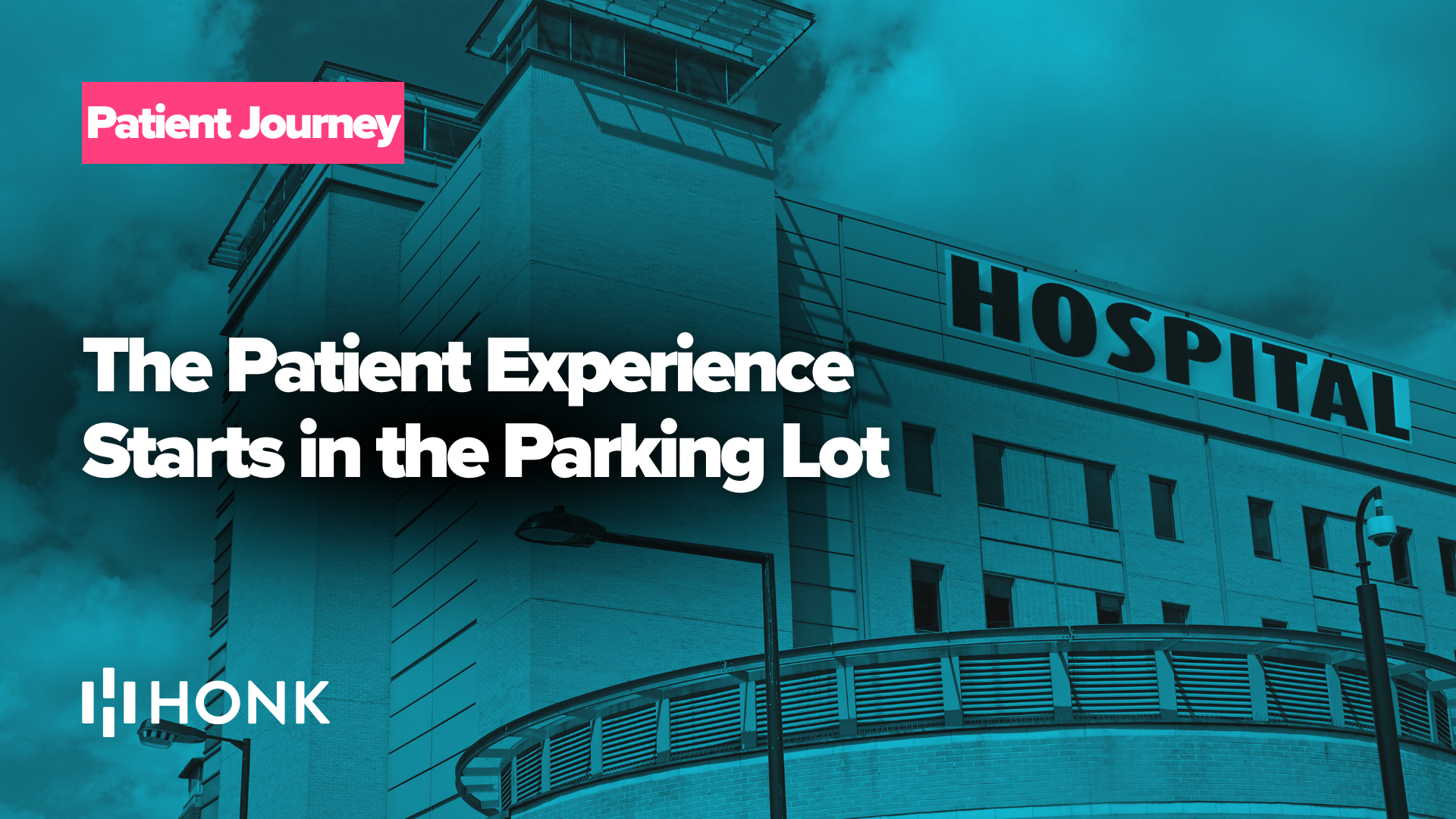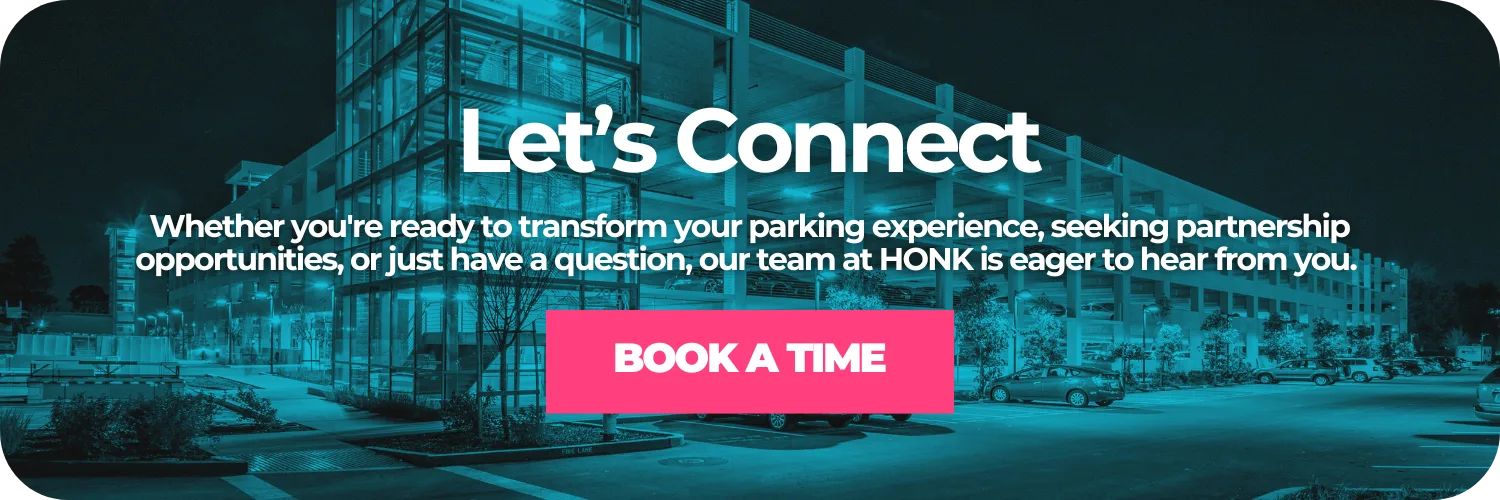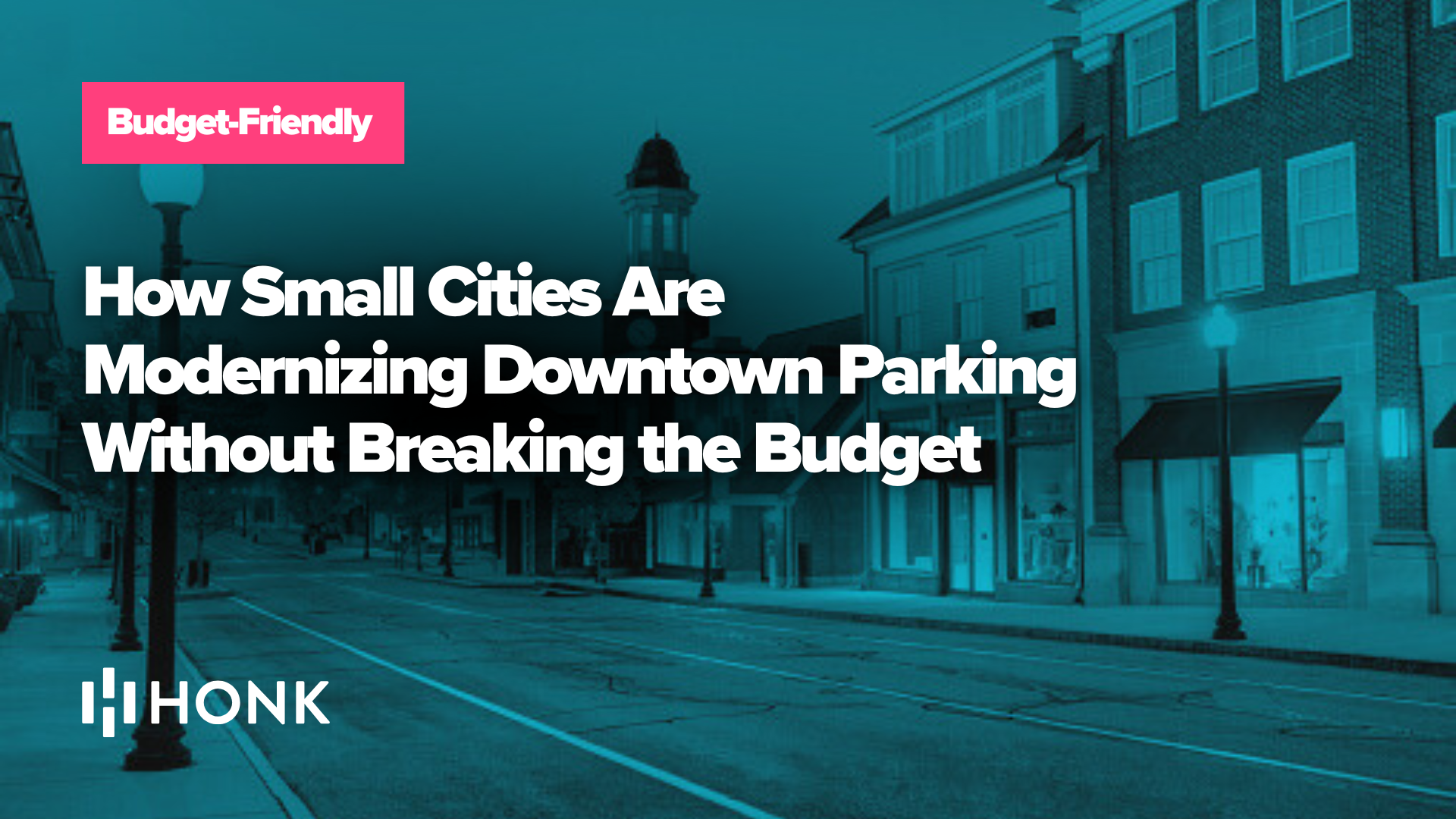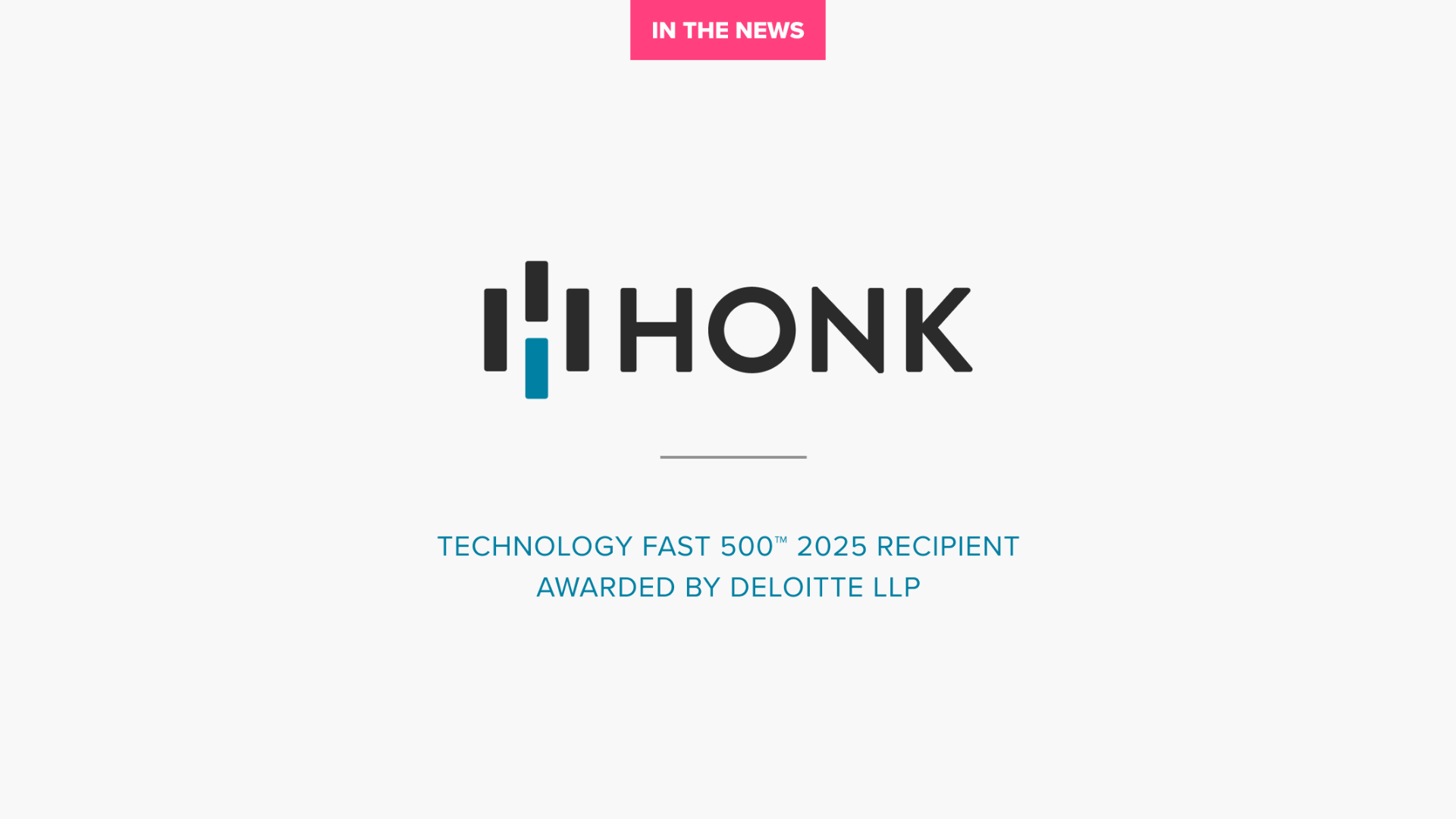Most hospital administrators focus their patient satisfaction efforts on what happens inside the building. They invest in better bedside manner training, faster check-in processes, and more comfortable waiting rooms. But here’s what many overlook: the patient experience doesn’t start at the front desk. It starts the moment someone pulls into your parking lot.
Think about the typical hospital visitor. They’re already anxious. Maybe they’re rushing to see a loved one in the emergency room, or they’re nervous about an upcoming procedure, or they’re exhausted from weeks of visiting a family member in long-term care. The last thing they need is to circle the garage for twenty minutes searching for a spot, then scramble for exact change at an outdated pay station. According to a Deloitte survey, 59% of patients identified ease of traveling to the facility and car parking as top factors influencing their healthcare experience. That’s a staggering number when you consider how little attention parking typically receives in patient experience initiatives.
The financial stakes are equally significant. Research shows that hospitals with higher HCAHPS scores perform better financially, with “excellent” ratings correlating to a 4.7% net margin compared to just 1.8% for facilities with lower scores. An Accenture study found that hospitals offering a better overall patient experience tend to have 50% higher margins than their peers. When parking contributes to stress and frustration before a patient even walks through the door, you’re fighting an uphill battle to recover those satisfaction points.
We’ve worked with healthcare facilities across North America to transform parking from a pain point into a seamless part of the patient journey. The solution isn’t complicated, but it does require rethinking how parking payments, permits, and operations work together.
Why Traditional Hospital Parking Falls Short
Hospital parking presents unique challenges that most other industries don’t face. Your visitors aren’t choosing to be there. They’re often distracted, emotional, or in a hurry. They might be unfamiliar with your facility and have no idea where to park or how much time they’ll need. And unlike a shopping mall or office building, the consequences of parking stress at a hospital ripple into something much more significant than a bad retail experience.
Traditional parking systems make all of these problems worse. Pay stations require visitors to estimate how long their visit will take, which is nearly impossible when you don’t know if you’ll be waiting thirty minutes or six hours. Cash-only meters force people to dig for coins during moments when their minds are elsewhere entirely. Paper tickets get lost in pockets and purses. And when time runs out, visitors face an impossible choice: rush back to feed the meter and potentially miss critical information from a doctor, or stay put and risk a citation.
The operational side isn’t any better. Paper permits for staff members get lost, shared inappropriately, or expire without anyone realizing. Enforcement requires officers to physically inspect windshields, which takes time and creates gaps where violations go unnoticed. Cash handling introduces security risks and administrative overhead. And without real-time data, administrators have no visibility into how parking resources are actually being used.
These aren’t minor inconveniences. They’re systemic issues that affect everyone who interacts with your facility, from first-time visitors to nurses who work twelve-hour shifts multiple days per week.
Mobile Payments Remove Friction at the Worst Possible Moments
The most immediate improvement digital parking brings to hospitals is eliminating the fumble-for-cash moment entirely. When a family rushes to the emergency room at 2 AM, the last thing anyone should worry about is whether they have quarters in the glovebox. With mobile payments, visitors simply scan a QR code or tap their phone at posted signage and pay in seconds using Apple Pay, Google Pay, or any major credit card. No app download required. No account registration. No hunting for exact change.
This matters more in healthcare than almost any other setting. The convenience of contactless parking technology isn’t just a nice-to-have for hospital visitors. It’s a genuine stress reducer during moments that are already difficult enough. When payment takes five seconds instead of five minutes, visitors can focus on what actually matters: getting inside and being with their loved ones.
The payment flexibility also addresses a practical reality of hospital visits. Unlike parking at a restaurant or retail store, hospital visits have wildly unpredictable durations. A routine follow-up might take thirty minutes. A complicated conversation with a specialist might stretch into hours. A family keeping vigil in the ICU might be there all day. Mobile payments let visitors pay for what they need without guessing, and more importantly, they can extend their session remotely if things take longer than expected.
Remote Session Extensions Keep Families Where They Belong
Here’s a scenario that plays out in hospital parking lots every single day. A visitor pays for two hours, thinking that’s plenty of time. But then they’re called back for an unexpected consultation, or their family member’s procedure runs long, or they simply lose track of time while comforting someone who needs them. Suddenly they’re faced with an impossible decision. Do they leave their loved one to run back to the parking meter? Do they risk a ticket and stay? Neither option feels right.
Remote session extensions solve this problem completely. With our platform, visitors receive a notification fifteen minutes before their parking session expires, giving them time to add more without leaving wherever they are. A daughter sitting with her mother during chemotherapy doesn’t have to interrupt that time. A husband waiting during his wife’s surgery doesn’t have to leave the waiting room. They tap their phone, add another hour, and stay exactly where they should be.
This feature alone transforms the hospital parking experience. It removes the mental burden of watching the clock and eliminates the anxiety of wondering whether you’ve already gotten a ticket. For patients and visitors dealing with enough stress already, that peace of mind is invaluable. And for hospital administrators, it means fewer complaints, fewer citation disputes, and a parking operation that actually supports the patient experience instead of undermining it.
Staff Permit Management That Actually Works
Visitor parking gets most of the attention in patient satisfaction discussions, but staff parking is equally important to hospital operations. Nurses, doctors, technicians, and administrative staff all need reliable parking to do their jobs effectively. When employees spend twenty minutes circling for a spot or worry about expired permits, that frustration carries into their workday and affects the care they provide.
Traditional paper permits create endless headaches. They get lost, forgotten at home, or damaged beyond recognition. They’re difficult to verify visually, which makes enforcement inconsistent. They require staff to visit a parking office during limited hours to purchase or renew. And they’re surprisingly easy to duplicate or share inappropriately, which means your permit revenue doesn’t accurately reflect actual usage.
Digital permits tied to license plates eliminate all of these issues. Staff members purchase permits online through a simple portal, enter their license plate, and they’re done. No physical permit to display, lose, or damage. No office visits required. Enforcement officers verify permits instantly by scanning plates, which means no more squinting at windshields or dealing with permits that have fallen off dashboards. And because each permit is linked to a specific plate, sharing becomes impossible.
The administrative benefits extend beyond convenience. Digital permit systems give you complete visibility into who’s parking where and when. You can see utilization patterns across different lots and shifts. You can identify areas that are consistently oversubscribed and adjust allocations accordingly. You can automate renewals and send reminders before permits expire. All of this data lives in a centralized dashboard that makes managing even complex multi-site operations straightforward.
Validation Integration Simplifies the Patient Journey
Many hospitals offer validated parking for patients with appointments, participants in certain programs, or visitors meeting specific criteria. Managing these validations with paper tickets or manual processes creates friction at exactly the wrong moments. Patients finish their appointments, walk to the parking office, wait in line, get their ticket stamped, then walk back to the garage. It’s time-consuming, confusing for first-time visitors, and adds unnecessary steps to an already tiring experience.
Digital validation changes this entirely. When validation is integrated with your hospital systems, the process becomes invisible to patients. A patient checks in for their appointment, and validation is automatically applied to their parking session. Or a staff member validates with a few taps on a tablet, and the patient’s parking is instantly updated without any paper changing hands. At checkout, the patient simply drives out, and their validated rate is already applied.
For hospital operators, integrated validation also means better oversight and fraud reduction. Every validation is logged with a timestamp and associated with a specific transaction. You can see exactly how validation codes are being used and identify any patterns that suggest misuse. You can set limits on validation amounts or frequencies. And because everything is digital, there’s a complete audit trail for any questions that arise.
Real-Time Data Drives Better Decisions
One of the most overlooked benefits of digital parking systems is the visibility they provide into how your parking resources are actually being used. Traditional operations rely on periodic surveys, anecdotal feedback, and educated guesses. Digital platforms capture data on every transaction, every session, every permit, creating a comprehensive picture of parking behavior across your entire facility.
Real-time analytics allow hospital administrators to answer questions that were previously unanswerable. Which lots fill up first on Monday mornings? How long do visitors typically stay? Are certain areas consistently underutilized while others overflow? What times of day see the highest demand? With this information, you can make informed decisions about pricing, allocation, signage, and staffing instead of operating on assumptions.
The operational implications are significant. You can adjust rates dynamically to encourage better distribution across lots. You can open overflow areas proactively before main lots reach capacity. You can identify enforcement gaps and optimize patrol routes. You can forecast demand based on appointment schedules and special events. All of this leads to a parking operation that runs more smoothly, generates more revenue, and creates fewer headaches for visitors and staff alike.
The Connection Between Parking and Patient Satisfaction Scores
Hospital administrators are under constant pressure to improve HCAHPS scores, and for good reason. These scores directly affect reimbursement rates and public perception. Most improvement efforts focus on clinical interactions, communication, and discharge processes. But parking represents an often-ignored opportunity to influence satisfaction before patients even check in.
Research confirms what intuition suggests: parking experiences affect overall satisfaction most dramatically when they’re either very good or very bad. A smooth, stress-free arrival sets a positive tone for everything that follows. A frustrating parking experience puts visitors in a negative mindset that colors their entire visit. Studies show that difficulties with parking, particularly time spent searching for spaces and struggling with payment, are commonly cited as stressful by hospital visitors.
UC Davis Medical Center provides a compelling example. After implementing parking improvements, the facility saw a 50% increase in patient satisfaction scores. While their project involved physical infrastructure changes, the principle applies equally to operational improvements. When you remove parking friction through mobile payments, remote extensions, and digital permits, you’re directly addressing factors that patients identify as important to their healthcare experience.
Building a Patient-Centered Parking Operation
Creating a better visitor parking experience requires thinking holistically about the patient journey. Payment modernization is essential, but it’s just one piece. Staff permit management, validation integration, real-time data, and enforcement all need to work together as part of a cohesive system.
The technology exists today to make hospital parking genuinely seamless. Visitors can pay from their phones in seconds, extend remotely without leaving their loved ones, and drive out without stopping at a pay station. Staff can purchase permits online, park without worrying about physical hangtags, and focus on patient care instead of parking logistics. Administrators can see exactly what’s happening across their operation and make data-driven decisions to optimize performance.
The financial benefits are clear. Lower hardware costs, reduced cash handling, automated enforcement, and optimized pricing all contribute to a healthier bottom line. But the patient experience benefits may be even more valuable. When parking stops being a source of stress and becomes an invisible part of the visit, hospitals remove a barrier that has frustrated patients and families for decades.
Healthcare parking doesn’t have to be a problem to solve. With the right digital tools, it becomes an opportunity to demonstrate that patient care extends all the way to the parking lot.





